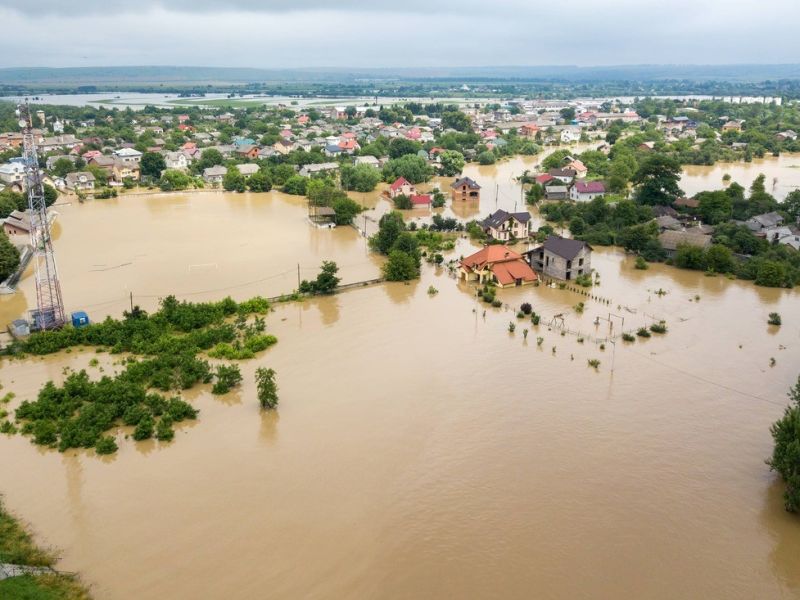
Introduction
In times of emergency or disaster, effective communication plays a crucial role in ensuring the safety and well-being of individuals, as well as facilitating efficient response and recovery efforts. Emergency communication strategies involve the use of various tools and methods to convey important information to the public, emergency responders, and other stakeholders. This article explores the significance of effective communication during times of crisis and provides insights into the various strategies that can be employed.
The Importance of Emergency Communication
During emergencies, timely and accurate information dissemination is essential to mitigate risks, manage resources efficiently, and reduce panic and confusion among affected individuals. Effective communication during times of crisis serves the following purposes:
- Alerting and informing: Emergency communication ensures that individuals are alerted about potential hazards and provided with crucial information regarding the nature of the crisis, protective measures, evacuation plans, and available resources.
- Coordinating response efforts: Effective communication allows emergency responders, authorities, and organizations to coordinate their efforts, share critical updates, and collaborate in providing necessary assistance to affected areas.
- Supporting decision-making: Accurate and timely information helps decision-makers assess the situation, determine the appropriate course of action, and allocate resources effectively to address immediate needs and plan for recovery.
- Reducing panic and anxiety: Clear and consistent communication helps alleviate fear, promote preparedness, and instill confidence in the affected population. It is essential to provide accurate information and address concerns to prevent the spread of rumors and misinformation.
Strategies for Effective Emergency Communication
Emergency communication strategies encompass various methods and tools that can be utilized to convey critical information during times of crisis. It is essential to consider the needs and preferences of different target audiences and select appropriate channels to ensure the widest reach. Some effective strategies include:

1. Multi-Channel Communication
Utilizing multiple communication channels, such as text messages, phone calls, social media, websites, and sirens, ensures that information reaches individuals through their preferred methods. This approach improves the chances of important alerts being received, particularly in situations where certain communication channels may be compromised.
2. Clear and Concise Messaging
During emergencies, it is crucial to provide concise and easily understandable information. Clear messaging helps ensure that individuals comprehend the seriousness of the situation, the necessary actions they must take, and any potential risks they may face. Avoid technical jargon and use plain language to effectively communicate key messages.
3. Use of Visual Aids
Incorporating visual aids, such as infographics, maps, and diagrams, can enhance comprehension and facilitate the dissemination of complex information. Visual representations help individuals quickly grasp important details and instructions, making them valuable tools during emergencies.
4. Regular Updates
Keeping the public informed with regular updates is crucial for maintaining trust and confidence. Providing timely information about the progress of response and recovery efforts, resource availability, and any changes in the situation helps individuals make informed decisions and stay engaged.
5. Collaboration and Partnership
Collaborating with local authorities, community organizations, media outlets, and other stakeholders is essential for effective emergency communication. Establishing partnerships helps expand the reach of important messages and ensures consistent and accurate information is disseminated through various channels.

6. Training and Exercises
Regular training and exercises enable emergency communication teams to practice and refine their skills. Simulations and drills help identify potential gaps and areas for improvement, allowing for more efficient and effective communication during real emergencies.
Conclusion
Effective emergency communication strategies are essential during times of crisis to ensure the safety and well-being of individuals, coordinate response efforts, support decision-making, and reduce panic. By utilizing multi-channel communication, providing clear messaging, using visual aids, offering regular updates, fostering collaboration, and conducting training and exercises, emergency communication can be enhanced and its impact maximized. Implementing these strategies can significantly contribute to the overall resilience and preparedness of communities in the face of disasters and emergencies.
What are the key goals of emergency communication?
How can multiple communication channels be utilized in emergency communication?
What role do visual aids play in emergency communication?
Sources:
- After the storm: what an environmental tragedy can teach us …
- Catastrophe Restoration – C & R – C&R Magazine
- Storm Damage | Tips, FAQ, Resources
- The Migrant Workers Who Follow Climate Disasters
- Disaster Restoration Blog
- Responding to Hurricane Ida | 2021-12-02
Important Facts and Statistics:
- According to NOAA, natural disasters between 2010 and 2019 accounted for 45.1% of total disaster costs since 1980, and those between 2017 and 2019 accounted for 25.7% — or $460.4 billion. That is about double the annual value of corporate income taxes and would cover half the federal deficit accrued last year. -src: The Migrant Workers Who Follow Climate Disasters
- The water damage restoration industry is expected to grow at a CAGR of 6.8% from 2020 to 2025. -src: Disaster Restoration Blog
- FEMA’s National Flood Insurance Program has paid nearly… -src: Responding to Hurricane Ida | 2021-12-02
- After registering, create an account to check the status of your application, view messages from FEMA, update your personal information, and upload important documents. -src: Recovery Update – Kentucky Storms | FEMA.gov
